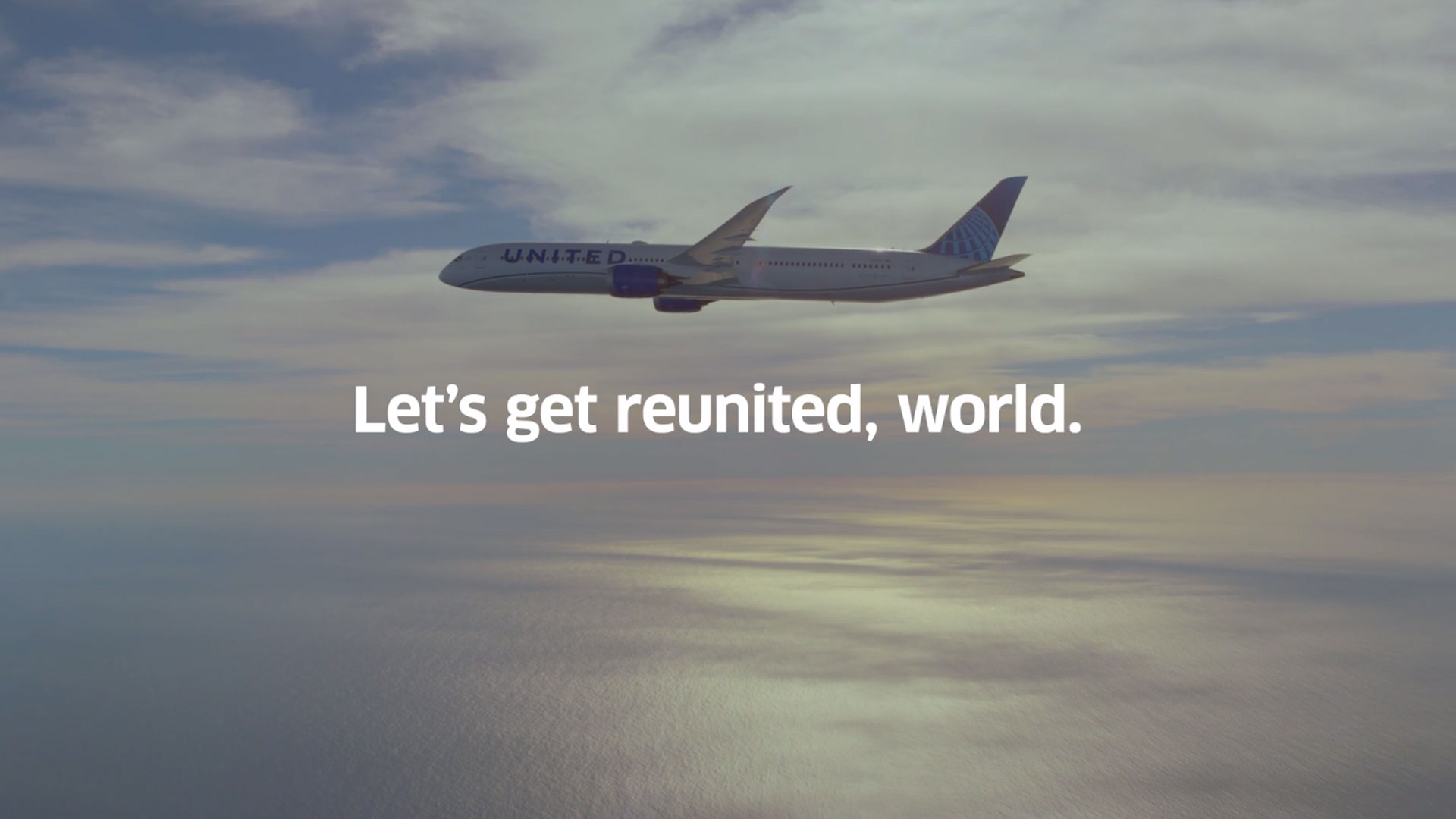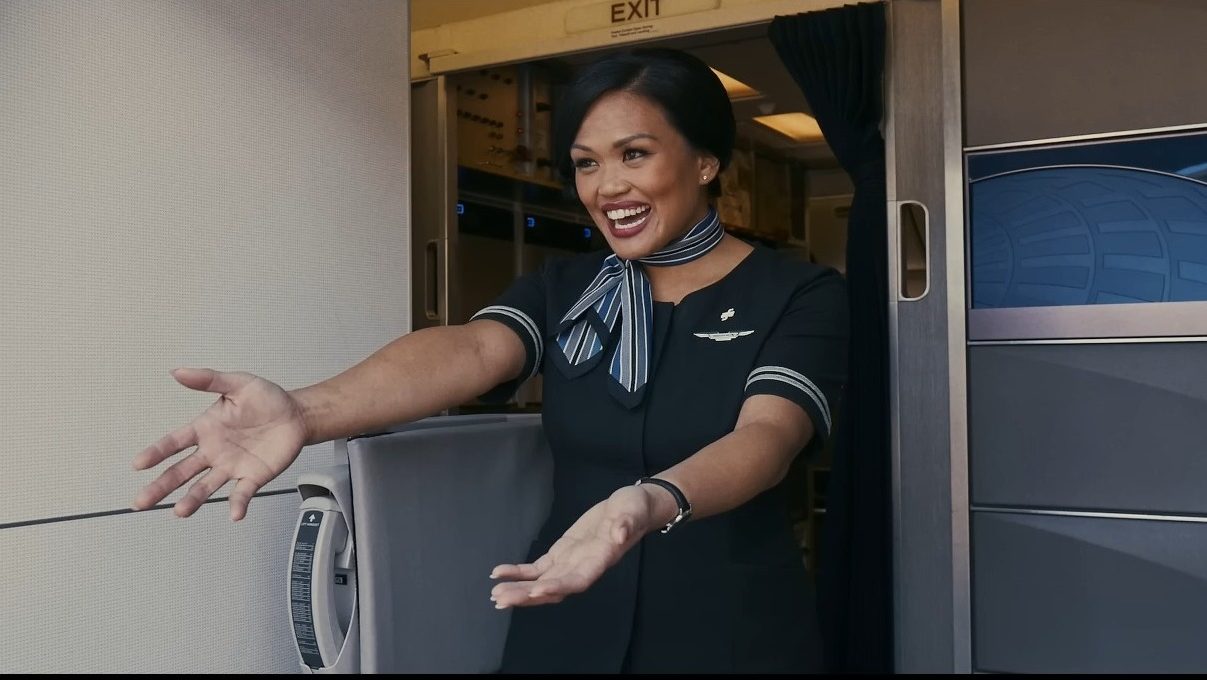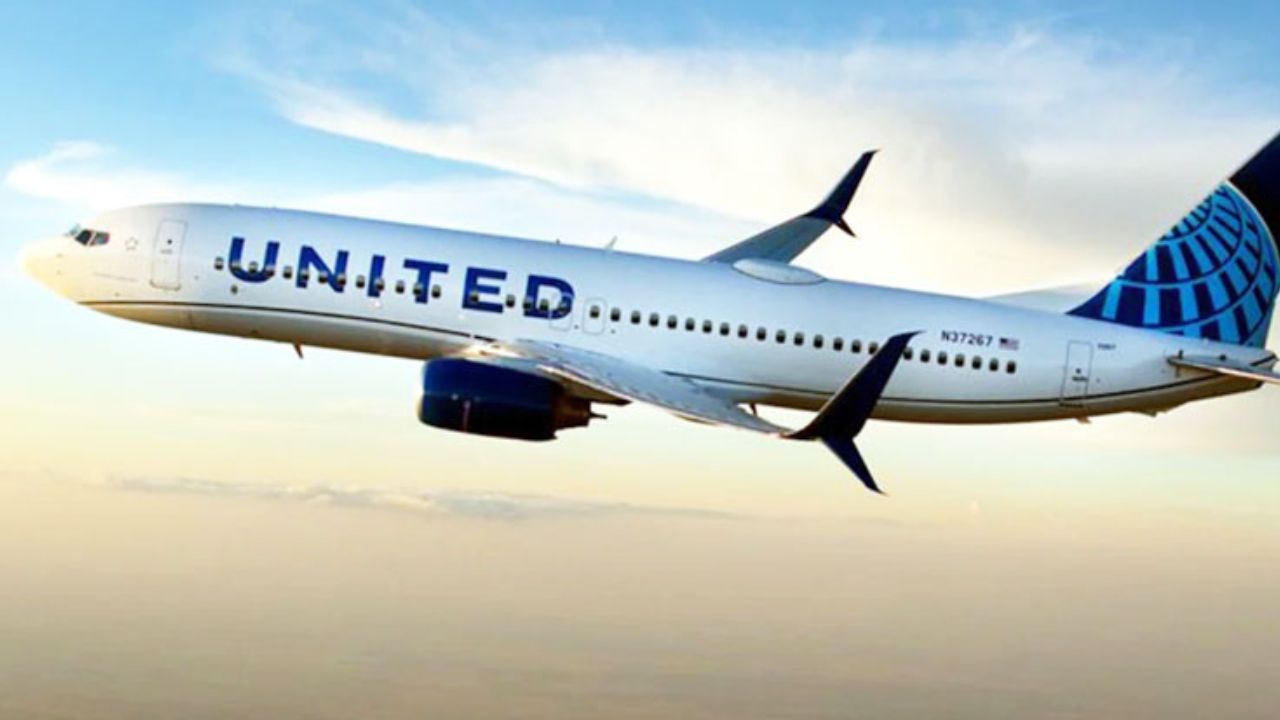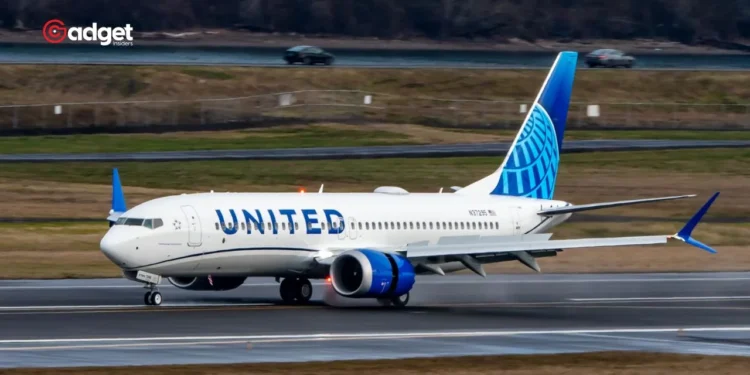United Airlines is embarking on a new marketing initiative that could stir mixed feelings among its passengers. Historically, customers of full-fare airlines like United expect a level of service that justifies their choice over low-cost carriers. However, United is pushing the envelope by introducing a sophisticated advertising strategy aimed at monetizing its captive audience—its passengers.

United Airlines: Understanding the New Marketing Strategy
Recently, United Airlines announced the rollout of its media network, a significant shift in how it interacts with its customer base. “The new technology platform allows marketers to scale their reach across a wide range of channels including United’s award-winning mobile app and inflight entertainment screens,” the airline stated.
This move is part of a broader trend of airlines enhancing their revenue streams, but United’s approach is notably aggressive, borrowing tactics from sectors known for their invasive marketing techniques.
The Comcast Connection and Its Implications
In a surprising corporate maneuver, United Airlines has enlisted a former Comcast executive to head its MileagePlus loyalty program. The decision was not for his expertise in loyalty systems but for his acumen in monetizing customer bases. “It wasn’t because he had a unique understanding of loyalty marketing.
The idea was to better monetize MileagePlus members by selling ads more aggressively,” explained industry expert Gary Leff. This strategic hire signals United’s commitment to transforming its customer interactions by leveraging advertising at a level rarely seen in the airline industry.

Comparisons with Low-Cost Carriers
The approach United Airlines is taking starkly contrasts with the practices of low-cost carriers like Spirit and Frontier, which have long been transparent about their a la carte pricing model. These carriers charge for everything from seat assignments to snacks, openly acknowledging their business model’s cost-saving focus.
United, however, is weaving its monetization strategies into the fabric of its customer service, offering a more polished—but equally commercial—experience.
Passenger Impact and Industry Reactions
While United Airlines is packaging its new strategy as a value-add for passengers, offering “more personalized and real-time offers and experiences,” the underlying strategy is clear. It is selling access to a premium, engaged audience without directly sharing the financial benefits with the passengers themselves.
This has led to comparisons with other airlines that have adopted less overt tactics to enhance passenger experiences while also boosting revenue.

The Future of Airline Passenger Experience
As United Airlines rolls out this new ad-tech-enabled platform, it promises a more targeted and efficient advertising experience that could potentially enhance passenger satisfaction.
United Airlines asserts that this modern approach to in-flight advertising will benefit brands and passengers alike by delivering more relevant, personalized advertising that enhances the overall travel experience.
United Airlines is redefining its relationship with passengers, treating them as an engaged audience for targeted, strategic advertising. This development marks a significant pivot in how airlines view their service models and revenue generation strategies. As the industry watches, the success or backlash of this approach will likely influence future marketing strategies across the airline sector.









